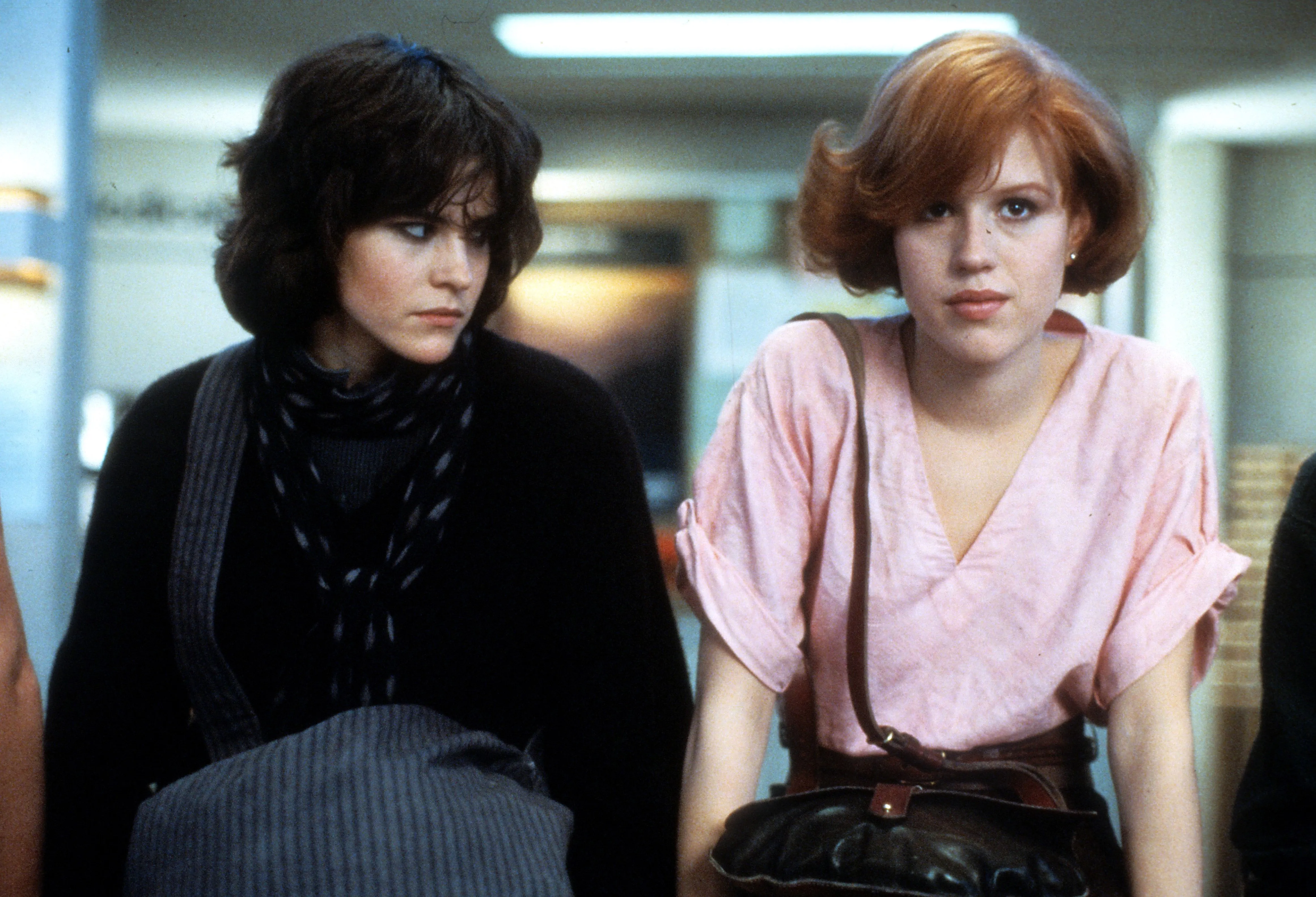Midway through John Hughes’ 1985 film “The Breakfast Club,” high school principal Richard Vernon has had enough. Vernon is tasked with supervising five students in Saturday detention, but one of them, John Bender, is particularly difficult to handle. After John insults Vernon for the umpteenth time, Vernon locks him in a storage closet. Vernon’s spiteful action, however, gives him no respite from John’s antics. John soon escapes by crawling through the air ducts.
Strangely, this moment is reminiscent of a scene from Ridley Scott’s 1979 thriller “Alien.” The protagonists of that film must defeat a horrifying creature, hell-bent on consuming their flesh. To that end, Captain Dallas also crawls through the air ducts, trying to eject the creature from the ship. In some sense, Dallas’ mission is much more daunting than John’s. I, for one, would rather outwit a disgruntled teacher than a grotesque extraterrestrial. Still, the message of Hughes’ film is that all adults — Vernon included — are aliens. They might as well be carnivorous monsters, because they inevitably wreak havoc on children’s lives. Hughes’ irreverent attitude toward authority contributed to the colossal success of “The Breakfast Club.” The film achieved a prominent place in the popular culture of the 1980s, and today, it’s more valuable for its insights into that era than for its cinematic qualities.
Perhaps I am ill-suited to critique “The Breakfast Club” because I did not grow up during the 1980s, but I can understand why teenaged audiences in the 1980s responded to the film. As the writer James Baldwin once declared, “You think your pain and your heartbreak are unprecedented in the history of the world, but then you read.” The teenagers watching “The Breakfast Club” saw themselves in at least one of the characters. They responded to the movie because it demonstrated that others had weathered the pain and heartbreak of coming-of-age.
Yet, Baldwin stated that books helped to connect him “with all the people who were alive, who had ever been alive.” No matter how accurate their portrayals of pubertal pain might be, none of the characters in “The Breakfast Club” seem to have ever been alive. Most living people are not so shallow that they can be described in a single adjective. Still, the personages in the film are the delinquent John, the studious Brian, the stylish Claire, the brawny Andrew and the goth Allison. They obsess over maintaining their masculinity, femininity or virginity. Hughes’ men use the slur “faggot” with abandon, his women worry about their appearance and everyone goes in search of satisfying sex. They perceive detention as a kind of catharsis. As the day wanes, the characters start sharing sensitive secrets, but teenagers can only have so many secrets. Not all the revelations have equal impact. For example, John attests that he has been physically abused by his father. As proof, he shows the group cigarette burns on his arm. Claire frets over finding a boyfriend and facing peer pressure. I don’t mean to ignore Claire’s issues, but isn’t John’s ordeal more harrowing?
Then again, in some sense, it’s not surprising that the characters in “The Breakfast Club” seem artificial. Hughes owes a considerable debt to earlier films about teenage rebellion. In the 1950s, myriad movies featured enraged youth, most notably Nicholas Ray’s “Rebel Without a Cause.” The title of Ray’s film is misleading. James Dean played the titular rebel, but he did have a cause. His parents were ruining on his life. In an early scene in Ray’s movie, tensions come to head: “You’re tearing me apart!” Dean screams. His cry was not just an expression of adolescent anguish, but also a dire prophecy. Dean’s generation would tear the country apart as the 1950s and 1960s wore on.
Even if Hughes’ characters are as tormented as Dean, however, they are not really rebels. As Pauline Kael perceptively discerned, Hughes “enshrines the kids’ most banal longings to be accepted and liked.” This becomes apparent toward the end of the film, when they conclude that, “Each one of us is a brain, an athlete, a basketcase, a princess and a criminal.” The members of “The Breakfast Club” do not strive to become idiosyncratic individuals and overturn the system. They want to occupy a niche within it.
They were hardly alone in their thinking during the 1980s. Before he became president, Donald Trump epitomized the excesses of that era. The philosophy he propagates in “The Art of the Deal” resembles the ideas conveyed in “The Breakfast Club.” Like the characters, Trump was initially disrespectful of authority. He fondly recalls how in the second grade he “punched [his] music teacher because [Trump] didn’t think he knew anything about music and [Trump] almost got expelled.” Eventually, however, Trump increased his family fortune not by inventing his own rules, but by bending existing ones. Respected figures like Roy Cohn helped him rise to greater prominence. Trump was just one of a number of figures who commandeered established systems for personal profit.
Perhaps the teenagers watching “The Breakfast Club” in 1985 did not realize the disadvantages of simply wanting to fit in, but now the film seems like a paean to conformity. Still, it would be unwise to completely dismiss Hughes’ film. As the director Jean Cocteau remarked, “A film is a petrified fountain of thought.” Even though the members of “The Breakfast Club” have been out of detention for a long while, the ideas they held in their youth continue to intrigue.
Contact Amir Abou-Jaoude at amir2 ‘at’ stanford.edu.
